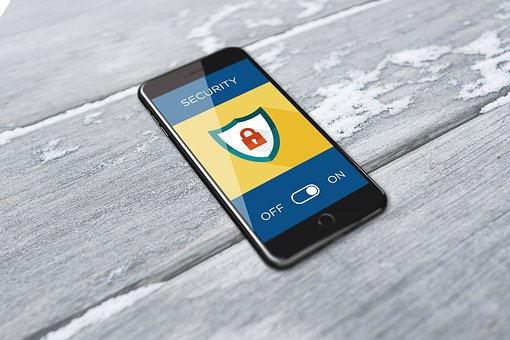It’s no secret that our privacy is at risk the more we are engaged with the internet. As we give more and more personal information to our phones and other devices, we open ourselves up to the potential of having our devices hacked by nefarious groups. It becomes imperative that we protect ourselves as much as we can against the hazards of an increasingly connected world.
Here are some steps you can take to protect your smartphones from intruders. Granted, any one of these alone cannot protect you against everything, but all the steps working in unison offers more a wide range of protection.
Passcodes, Fingerprints and Your Face
This is the most obvious and straight forward line of defense you can take. If a would-be-intruder physically has your phone, throw some roadblocks in their way to prevent them from unlocking your phone. Android’s operating system and the iOS for iPhones both offer a setting that requires a six-digit passcode to gain access to your phone.
Additionally, the major smartphone companies have inserted fingerprint and facial recognition technology, which gives an even more personalized security blanket. It should be noted that while these defenses are unique to the user, it’s not an impervious to hackers. Fooling these security systems is possible, but it is more difficult to do.
Track Your Phone Like an Animal
Sure, there is something unsettling about your phone knowing your every location, but that is the kind of feature you want in place if your phone gets stolen. Androids and iPhone offer tracking apps to help you locate a lost phone. The only caveat with this approach is that the tracking feature needs to be active at the time of theft. Sadly, you cannot retroactively trigger the tracking.
Stay Current
App developers are regularly updating their apps. While it may seem like a chore to constantly update the apps on your phone, the new data available can help with your protecting sensitive information.
The same principle should be applied to any software update that is available for your phone. There are typically important patches with software updates that combat against any weak point hackers may have discovered. These vulnerabilities can leave your phone open to attack if your software is not up-to-date.
Know What You Are Installing
This step is directed more for Android users since the Play Store has more lax stipulations for publishing apps as opposed to Apple’s App Store. Some apps ask for permission to access various features of your phone, like pictures, files, microphone, etc. While the app can very well use these features for good, it does lend itself to potential abuse. It may take months before a malicious app is taken down.
Know Your Permissions
This protection is cut of the same cloth as the previous one. It is recommended to take time every so often to evaluate the permissions you have granted for certain apps. Some apps request can be used against your security after installation. For iPhones, it’s fairly straight forward to check on which apps have certain permissions. Android users will have a more difficult time finding these permissions, but it is recommended that installing security apps will help alert you for any suspicious app behavior.


1 Comment
I find it interesting that a book or guide would be provided to inform and teach an individual on how to be a hacker in the first place. Makes one wonder, doesn’t it?